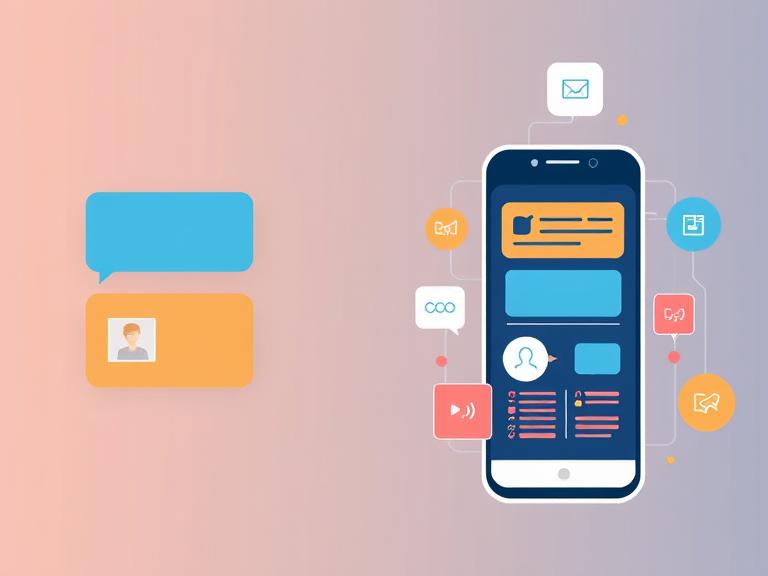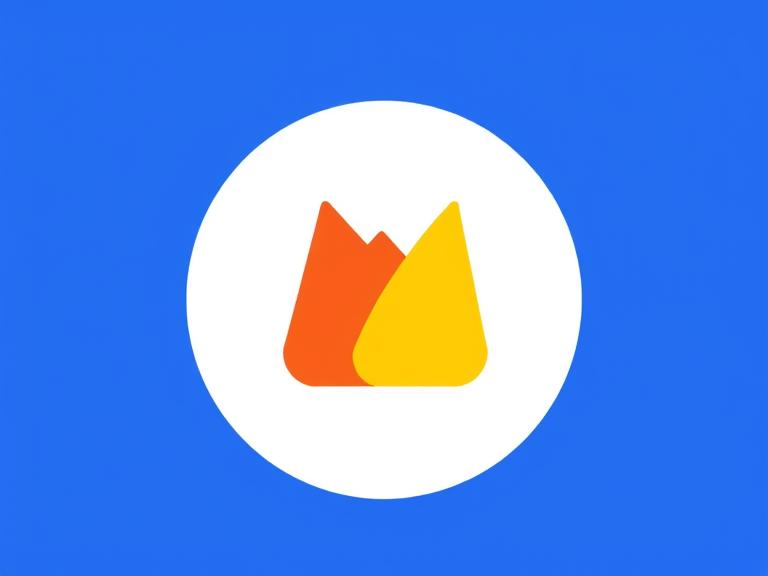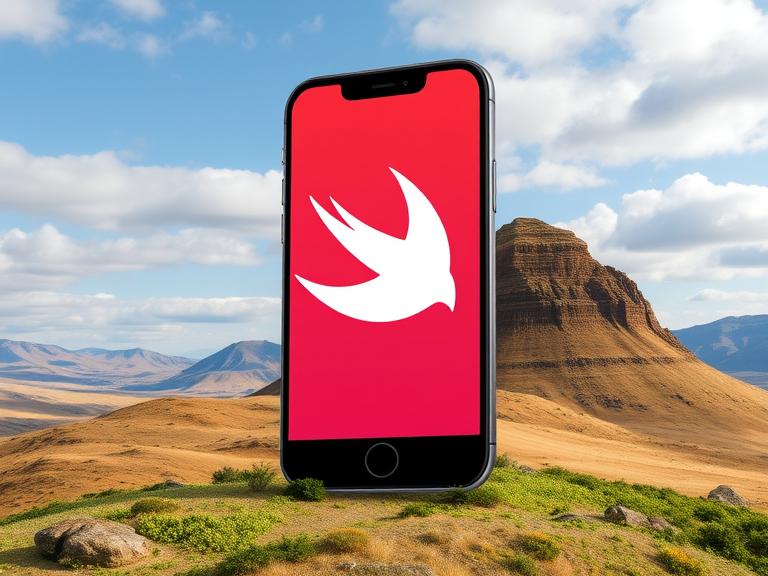Blog
Firebase is a powerful platform developed by Google that provides a suite of tools to help developers build, improve, and grow mobile applications. Whether you’re working on Android, iOS, or cross-platform apps, Firebase offers backend-as-a-service (BaaS) solutions that save time and reduce complexity. One of Firebase’s most popular features is Realtime Database and Cloud Firestore, […]
Cross-platform app development allows developers to build mobile applications that run on multiple platforms—typically iOS and Android—using a single codebase. Popular frameworks include Flutter, React Native, and Xamarin. While this approach offers several advantages, it also comes with trade-offs. Pros: Cons: Cross-platform development is ideal for MVPs, startups, and business apps with standard UI components. […]
Swift is Apple’s powerful and intuitive programming language for building apps across iOS, macOS, watchOS, and tvOS. Since its release in 2014, Swift has become the standard for iOS development, replacing Objective-C with a safer, more concise, and readable alternative. Swift’s syntax is clean and expressive, making it easy for beginners to learn while still […]
Kotlin has become the official language for Android development, replacing Java as the preferred option by Google. Known for its conciseness, null safety, and modern syntax, Kotlin makes Android app development more efficient and enjoyable. Kotlin is fully interoperable with Java, which means developers can use existing Java libraries and frameworks. This makes the transition […]




